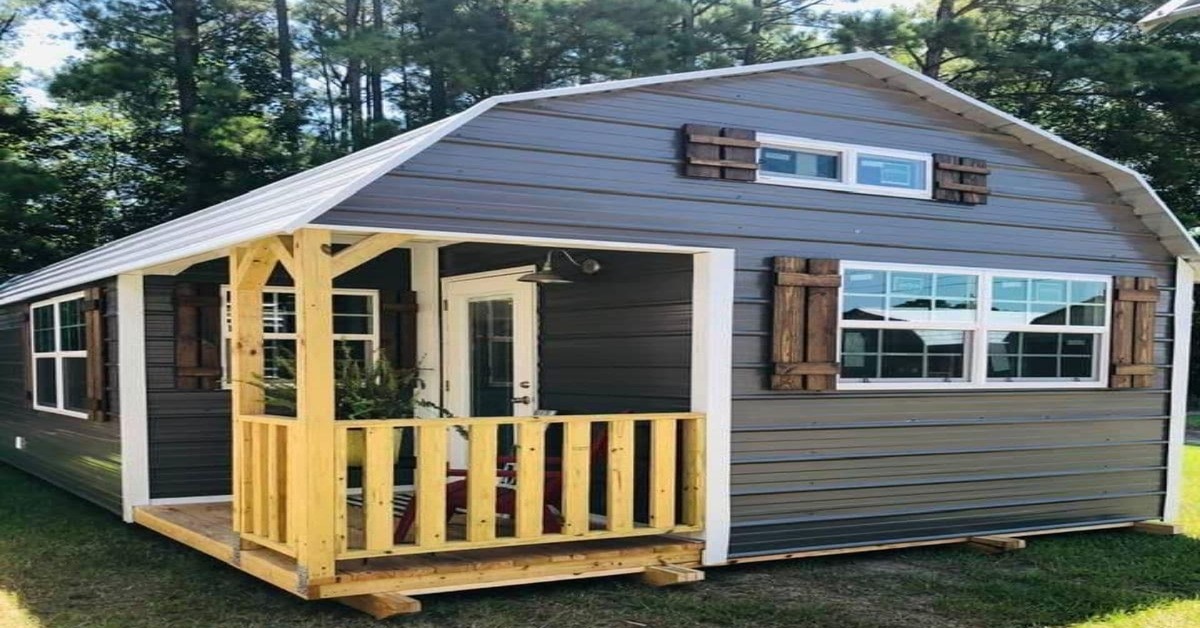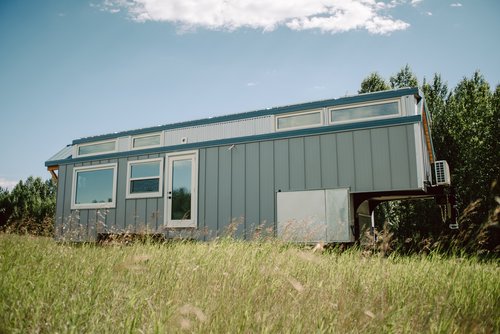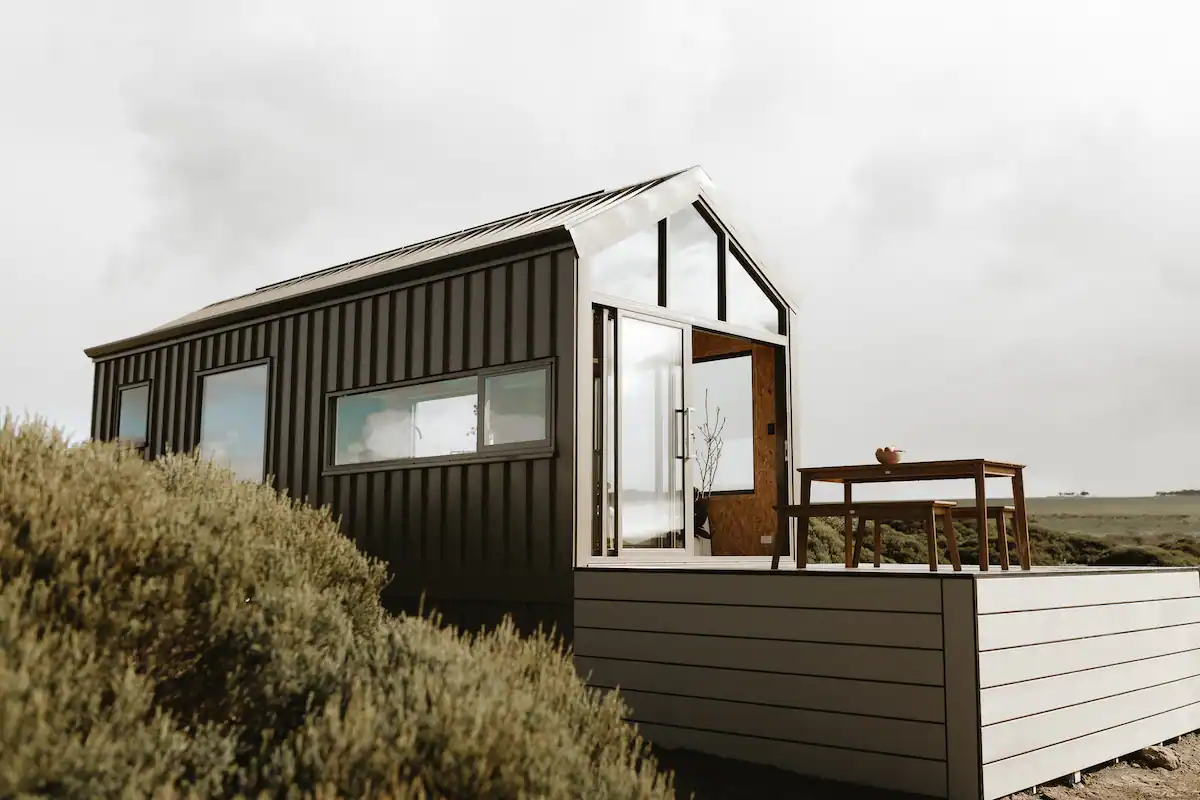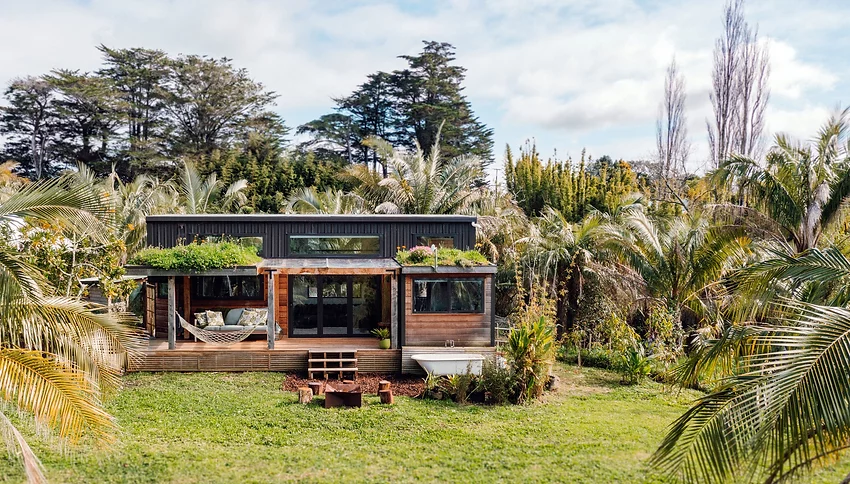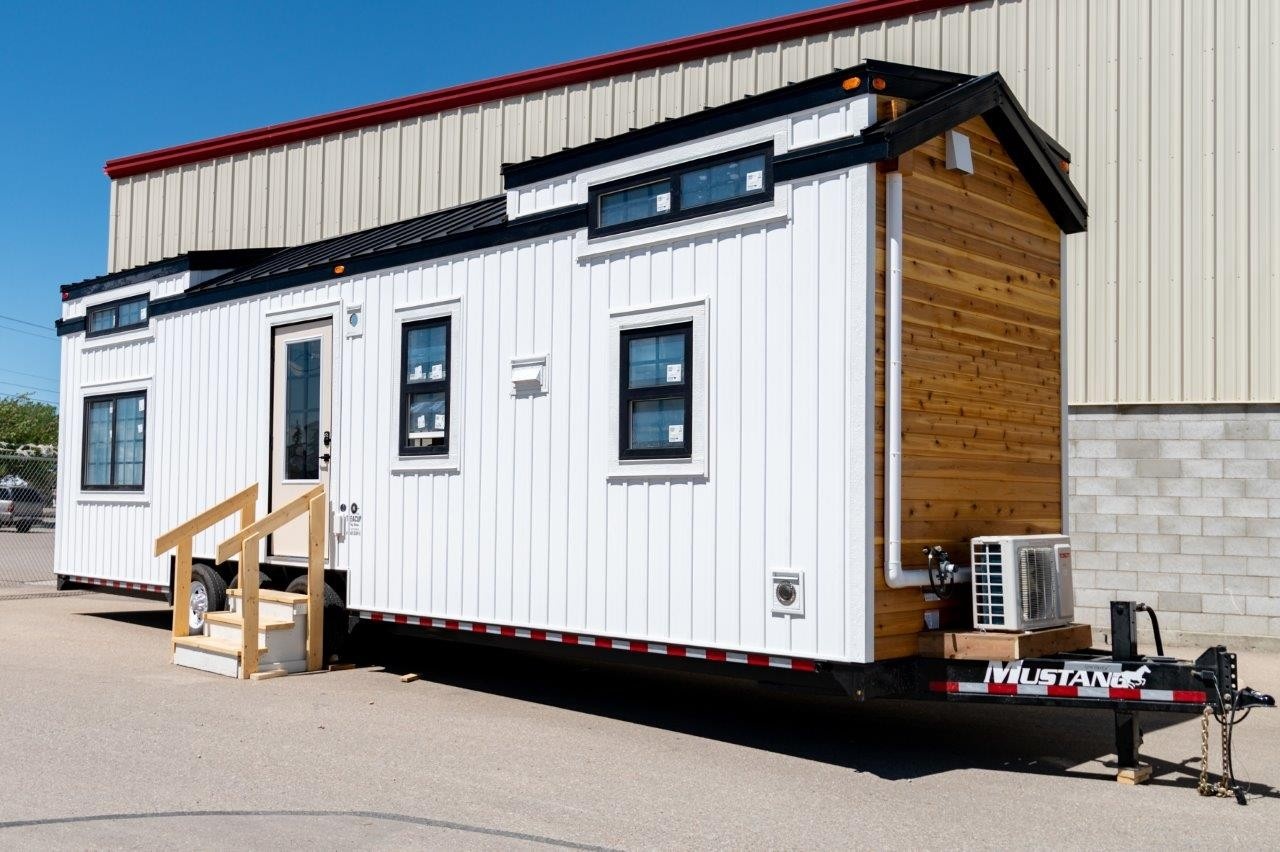You might have heard about the tiny house movement especially if you live in the U.S or you have come across the television shows Tiny House Nation and Tiny House Hunters.
With all the increasing popularity surrounding tiny houses I decided to do some research to find out more about what exactly a tiny house is, how the tiny house idea started and why living tiny continues to gain popularity.
What is a Tiny House?
According to the 2018 International Residential Code, Appendix Q Tiny Houses, a tiny house is a “dwelling unit with a maximum of 37 square metres (400 sq ft) of floor area, excluding lofts.”
The Grammarist explains further that a typical tiny house consists of
- Enough room for one’s essential belongings,
- A living space,
- A kitchen that usually consists of a small sink and a two-burner stove,
- A bathroom usually consists of a composting toilet and shower, though with a little more footage and a sewer hookup, a flush toilet and a small bathtub are possible.
- Sleeping quarters usually contained in a space-saving loft.
Some tiny home owners even find room for a washer and dryer. Commonly used siding materials for tiny homes include wood, metal, and vinyl. Others are made out of recycled or reclaimed materials. There are two types of tiny homes: a tiny house on wheels and a tiny house on a foundation.
How did the tiny house idea start?
The tiny house movement itself is not a new concept but has existed on and off for decades. The tiny house movement started from a need to simplify life. There was also a need to become more environmentally friendly by downsizing on living space. The idea behind living in a tiny house is to limit impacts on both finances and the environment by costing less, creating less waste, and consuming less energy. The tiny house movement is simply a completion of a circle where society has ceased needing more and has realized that the basics are plenty. While tiny housing primarily represents a return to simpler living, many also view the movement as a potential eco-friendly solution to the existing housing industry. It was also a feasible transitional option for individuals experiencing a lack of shelter.
Why is Tiny Living continuing to gain popularity?
According to Business Insider, tiny homes have become undeniably popular during the coronavirus pandemic. Consequently, this sudden surge has created new tiny home trends.
According to a survey by Fidelity National Financial subsidiary IPX1031, 56% of American respondents reported they would consider living in a tiny home. Among those surveyed who are not yet homeowners, 86% said they would consider buying a tiny home as their first home, and 84% said they would consider a tiny home as a retirement living option.
In that order, people cited affordability, efficiency, eco-friendliness, and minimalism as the top reasons for living in a tiny home. It’s no wonder that people find the economic aspects of tiny living the most appealing, considering that the average cost of a tiny home is much lower than that of an average home. Once you’ve bought your tiny home, the maintenance cost is relatively low.
